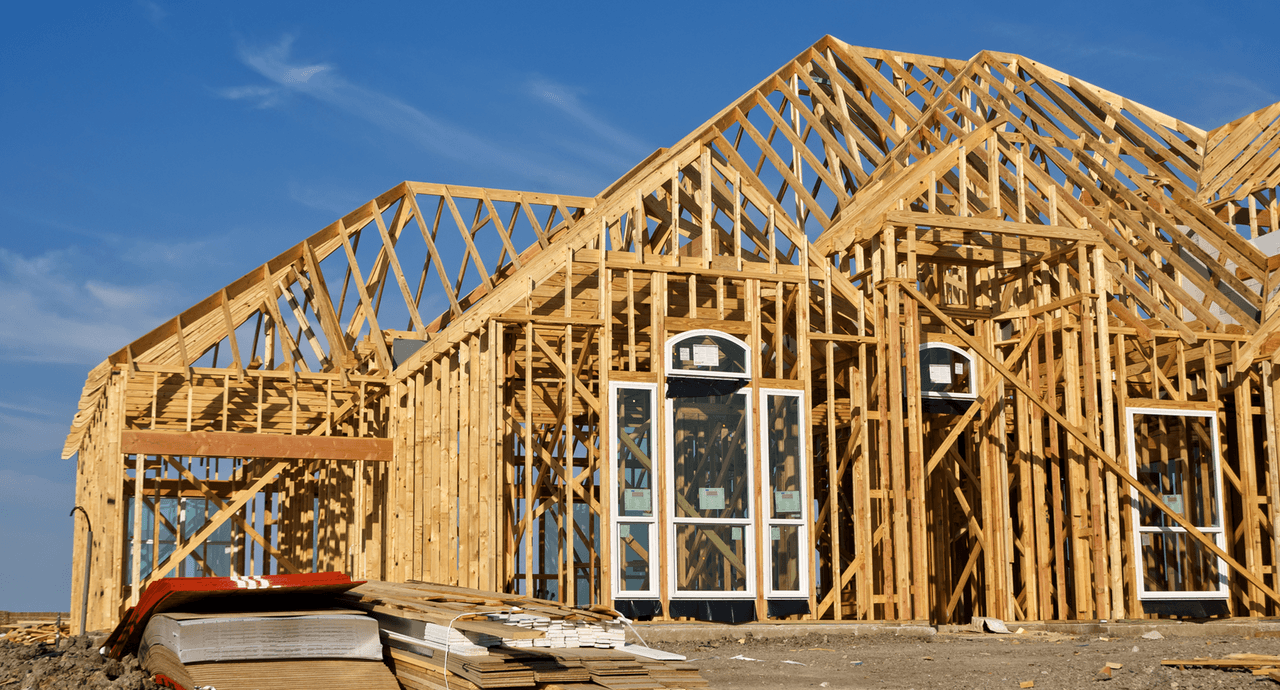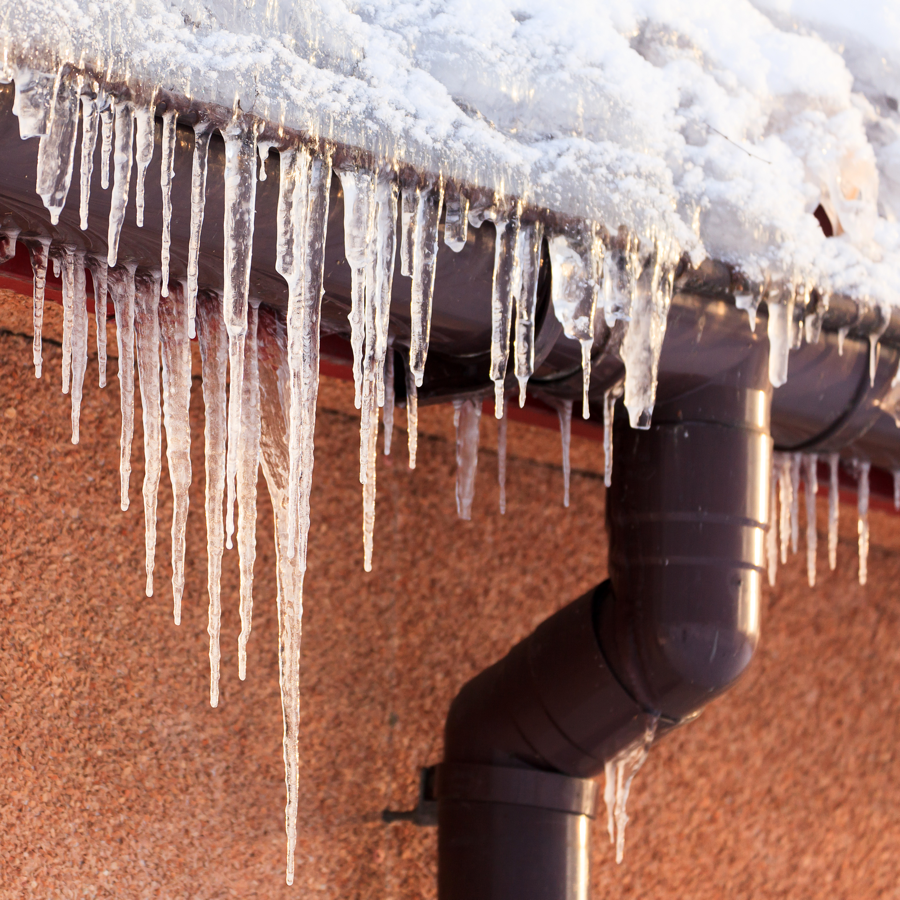
In Edmonton, we understand what the cold really feels like. During the winter season, it isn’t unusual for the temperature outside to reach lows as cold as -30°C to -40°C! We bundle up in our thick parkas and fuzzy boots when we go outside, and settle in with flannel pajamas and fuzzy slippers when we’re cooped up at home. The cold is a big part of where we live, and just as we prepare for the cold by dressing up, we should be doing some basic upkeep and preventative measures for our home when the weather changes.
Our winters can be wild: unexpected temperature changes are common, and your home needs to TLC to be able to adapt to the changing weather. To ensure you enjoy your Pacesetter at home as much as possible, we’ve compiled these basic tips for avoiding damage due to extreme temperatures.
What is Attic Rain?
Attic Rain refers to the process of moisture building up on your attic ceiling that freezes during a cold snap. The moisture can build up into what looks like frost, or droplets of ice in your attic. When the weather begins to warm up once more, the frost begins to melt and can drip down from the rafters and trusses onto the ceiling below. In extreme cases, attic rain can cause water damage to your home such as stains on your ceiling, and other mor
Attic rain is caused by a difference in temperature between the inside and outside of your home. The damage occurs when temperatures swing and your interior humidity is not controlled.
How Can I Prevent Attic Rain?
While attic rain cannot be completely prevented (quick temperature changes common to Alberta makes it hard to fully prevent attic rain), there are some home maintenance items that you can perform to avoid damage to your home when the winter cold starts to turn to spring warmth. If the humidity in your home is currently measuring over 15-20%, it’s likely that your attic has already built up frost. To prevent more frost from forming, you need to control your humidity as strictly as possible while outside temperatures shift.
To control your humidity and prevent attic frost from forming, you can do the following:
- Run your kitchen hood fan while cooking and keep it on for an hour after you are finished
- Run your bathroom fans while using the bathroom, and for an hour after you leave
- Turn down your humidifier
Ensuring that your vents and fans are functioning properly (and regularly) is the best way to prevent attic frost from building up during the winter. If you are cooking, running a shower, or doing anything else that produces moist heat, proper ventilation during and after your activity can help reduce the risk of frost forming in your attic.
Proper HRV settings for the outside temperature, controlling your home’s humidity, and doing your due diligence when cooking or using the bathroom by running the ventilation fans will all help prevent extreme attic rain, and reduce frost buildup!
Help! I Have Water Staining on my Ceiling!
If you notice that your ceilings have become unevenly textured or even stained, your first step should be to submit a claim to Alberta New Home Warranty. They will schedule a date to come to your home and assess any concerns further. If Alberta New Home Warranty confirms that your attic rain is due to a builder deficiency, the problems can be repaired so that your attic rain is reduced during the next cold snap. If warrantable defects are found, your builder will have the required trades people contact you to complete the repairs. If no defects are found, you can still contact your homeowner insurance to discuss repairs from any damage.
As with everything in your new home, it is much easier to prevent maintenance issues than it is to fix the issue when it arises. Preventing damage due to attic rain is a quick and easy maintenance habit that could save you a lot of trouble when we are finally away from winter and into the warmth of spring.
